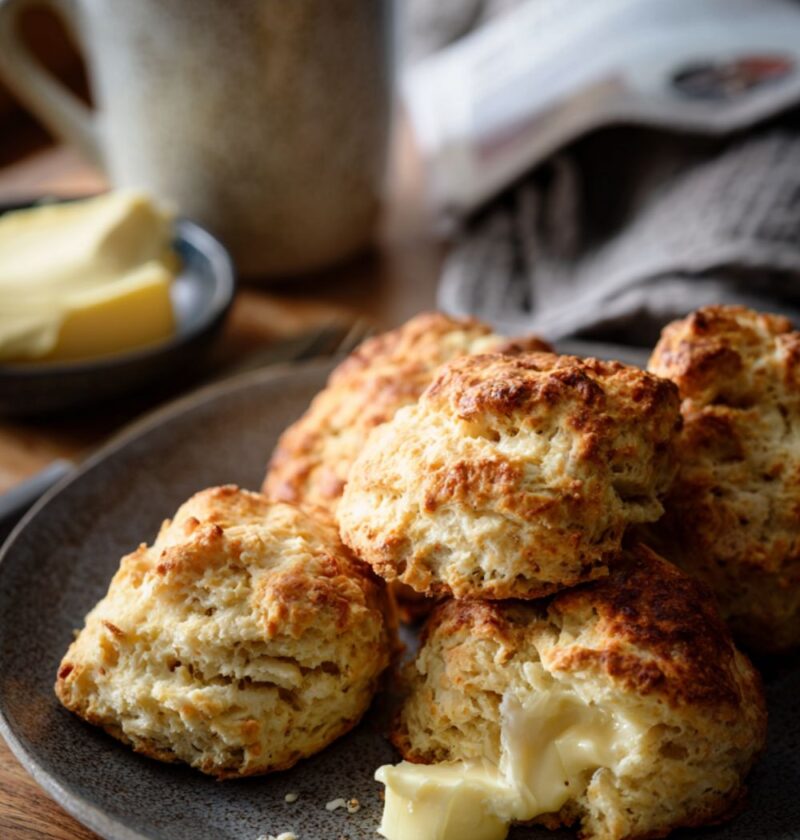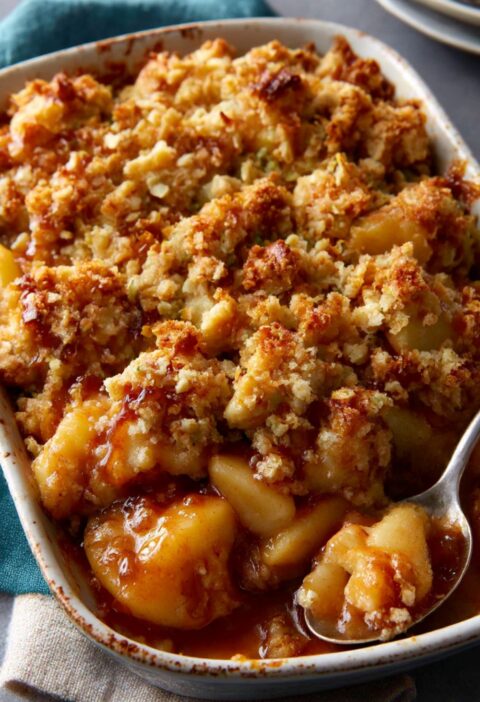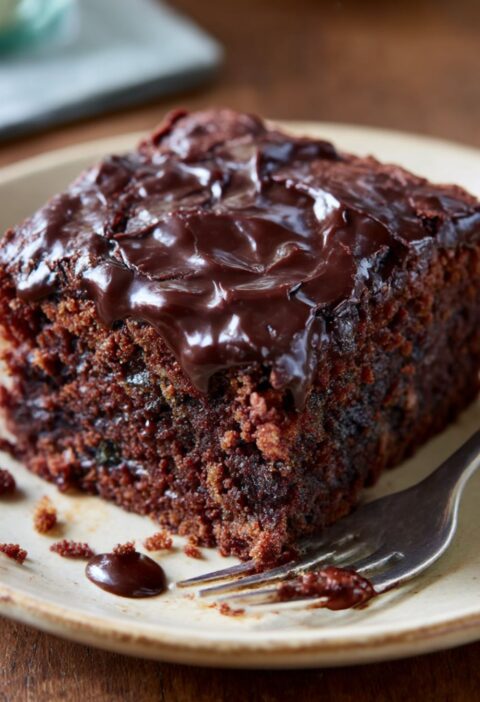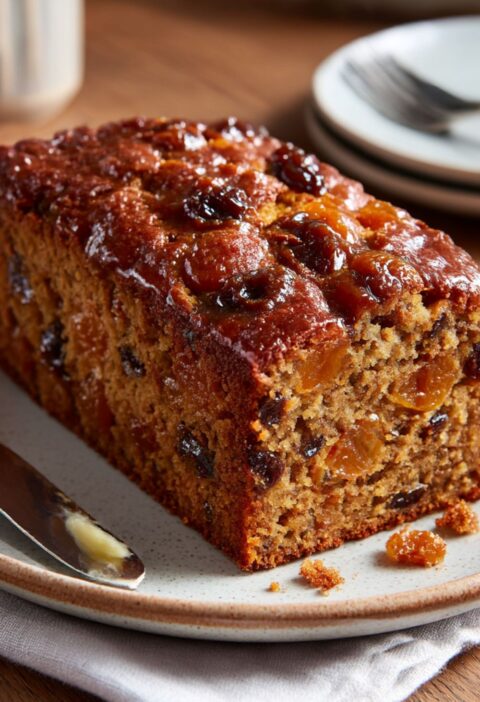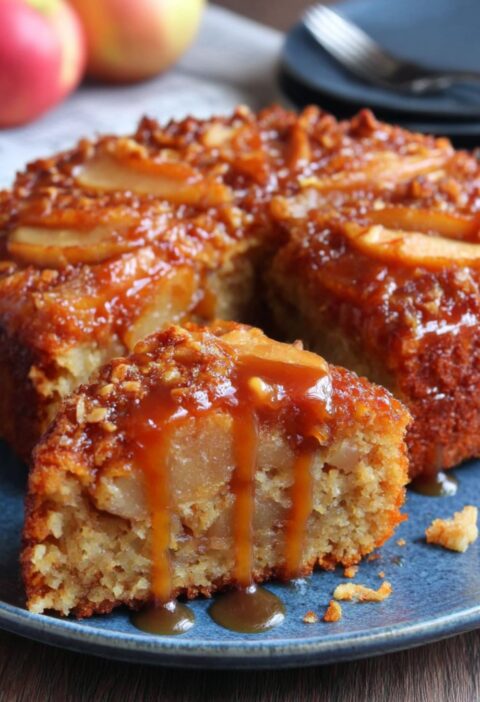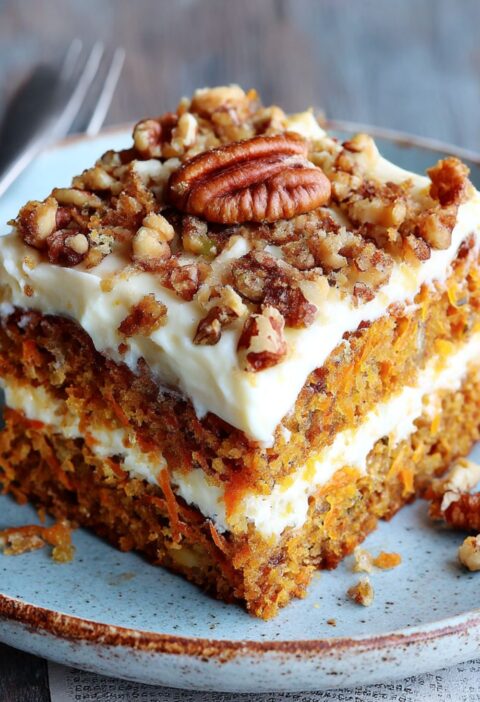This Mary Berry Devonshire Scones Recipe is a light and fluffy recipe, which is made with self-raising flour and cold butter. It’s the perfect base for a traditional Devonshire cream tea, ready in about 25 minutes.
Mary Berry Devonshire Scones Recipe Ingredients
- 450g (1 lb) self-raising flour
- 2 rounded teaspoons baking powder
- 75g (3 oz) butter, cold and cubed
- 50g (2 oz) caster sugar
- 2 large eggs
- About 225 ml (8 fl oz) milk
- Extra beaten egg or milk, for glazing
How To Make Mary Berry Devonshire Scones
- Prep the oven and dry ingredients: Preheat the oven to 220°C (200°C Fan/Gas Mark 7). Lightly grease two baking trays. In a large bowl, sift together the self-raising flour and baking powder.
- Rub in the butter: Add the cold, cubed butter to the flour. Using your fingertips, rub the butter into the flour until the mixture resembles fine breadcrumbs. Stir in the caster sugar.
- Combine the wet ingredients: In a measuring jug, beat the two eggs, then add enough milk to make the total liquid a generous 300ml (½ pint). Set aside about 2 tablespoons of this mixture for glazing the scones later.
- Form the dough: Make a well in the center of the dry ingredients and gradually add the egg and milk mixture, using a rounded knife to bring everything together into a soft, slightly sticky dough. It’s better for the dough to be a little wet than too dry.
- Shape and cut the scones: Turn the dough out onto a lightly floured surface. Knead very gently and briefly, then pat or roll it out to a thickness of about 2cm (¾ inch). Using a 5cm (2 inch) fluted cutter dipped in flour, press straight down into the dough without twisting.
- Glaze and bake: Place the cut scones on the prepared baking sheets. Brush the tops with the reserved egg and milk mixture to glaze. Bake for 10-15 minutes, or until well-risen and golden brown.
- Cool the scones: Transfer the baked scones to a wire rack and cover them with a clean tea towel as they cool to keep them soft. Serve as fresh as possible.
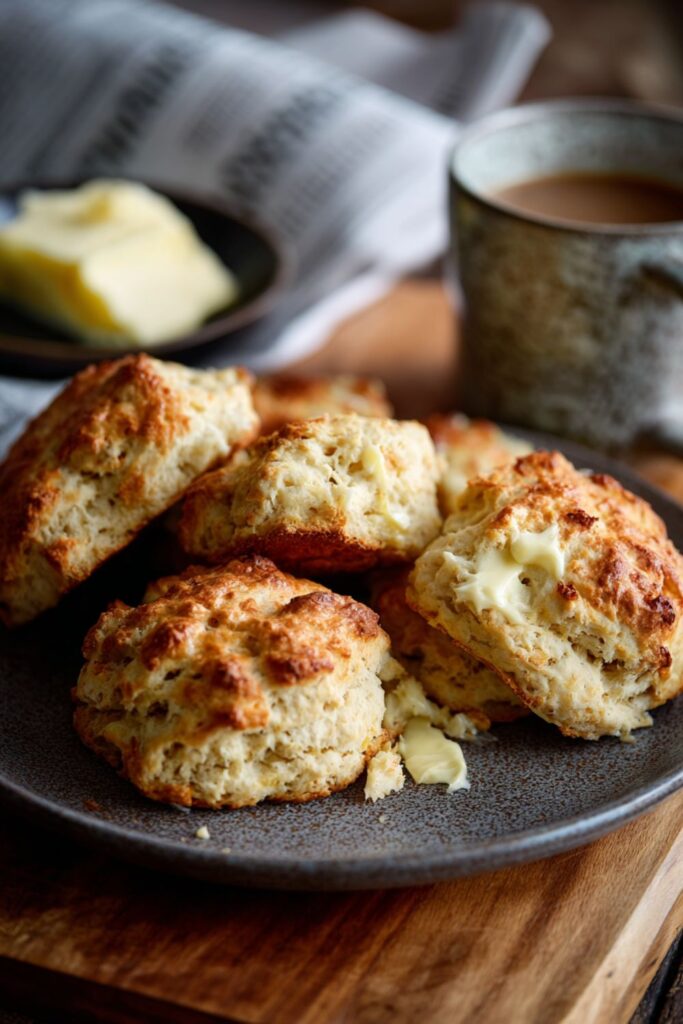
Recipe Tips
- How to get light and fluffy scones: The secret is to handle the dough as little as possible. Overworking or over-kneading the dough will develop gluten and make the scones tough.
- Why use cold butter? Using cold butter that is rubbed into the flour creates small pockets of fat. In the hot oven, these melt and release steam, which creates the scones’ light, flaky layers.
- How do I get a good, even rise? When you use the cutter, press it straight down into the dough and lift it straight up. Twisting the cutter seals the edges of the scone, which prevents it from rising evenly.
- What is the Devonshire way to serve scones? For a true Devonshire cream tea, split the warm scone in half, spread it generously with clotted cream first, and then add a dollop of strawberry jam on top.
What To Serve With Devonshire Scones
A Devonshire scone is the star of a classic cream tea. For the most authentic experience, serve them warm with:
- A generous amount of clotted cream
- Good quality strawberry jam
- A pot of freshly brewed black tea
How To Store Devonshire Scones
Room Temperature: Scones are always best eaten on the day they are baked. Store any leftovers in an airtight container at room temperature for up to 2 days. Reheat: You can refresh day-old scones by warming them in a low oven (around 150°C/300°F) for about 5-10 minutes.
Mary Berry Devonshire Scones Nutrition Facts
- Calories: 220kcal
- Carbohydrates: 35g
- Protein: 5g
- Fat: 7g
- Saturated Fat: 4g
- Sodium: 230mg
- Fiber: 1g
- Sugar: 6g
Nutrition information is estimated per plain scone and does not include toppings like jam or cream.
FAQs
This can be caused by adding too much flour, not enough liquid, or over-baking. The dough should be soft and slightly sticky, and the scones should only be baked until they are a pale golden-brown.
Yes. You can use the rim of a floured glass or simply cut the dough into wedges or squares with a knife.
The only difference is the order of the toppings! In Devon, it’s cream first, then jam. In the neighbouring county of Cornwall, it’s jam first, then cream.
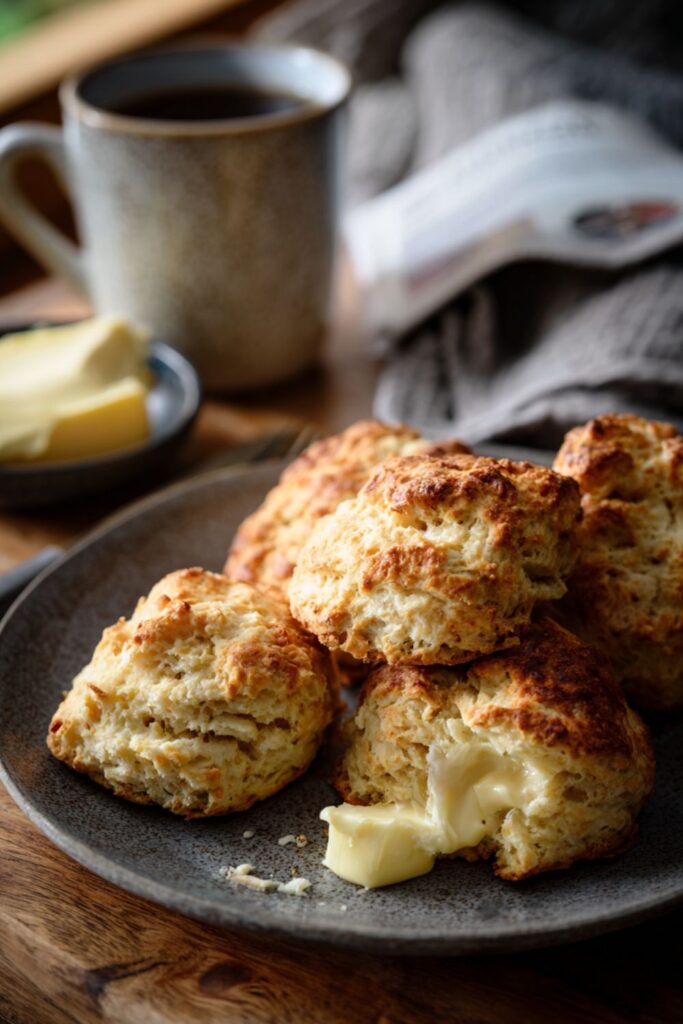
Mary Berry Devonshire Scones Recipe
Description
A classic, easy recipe for light and fluffy Devonshire scones, perfect for serving with clotted cream and jam for a traditional afternoon tea.
Ingredients
Instructions
- Preheat oven to 220°C (200°C Fan). Grease two baking trays.
- Rub the cold butter into the sifted flour and baking powder until it resembles breadcrumbs. Stir in the sugar.
- Beat the eggs with enough milk to make 300ml of liquid. Add most of it to the dry ingredients, reserving some for a glaze.
- Gently mix to a soft, slightly sticky dough.
- On a floured surface, pat the dough to 2cm thick. Cut out scones with a 5cm cutter without twisting.
- Place on baking trays, brush the tops with the reserved egg wash, and bake for 10-15 minutes until golden.
- Cool on a wire rack, covered with a tea towel to keep them soft.
Notes
- Handle the dough as little as possible to keep the scones light and tender.
- Using cold butter is essential for achieving a flaky texture.
- For an authentic Devonshire cream tea, serve the scones with clotted cream spread on first, followed by jam.
- Scones are best enjoyed fresh on the day of baking.
